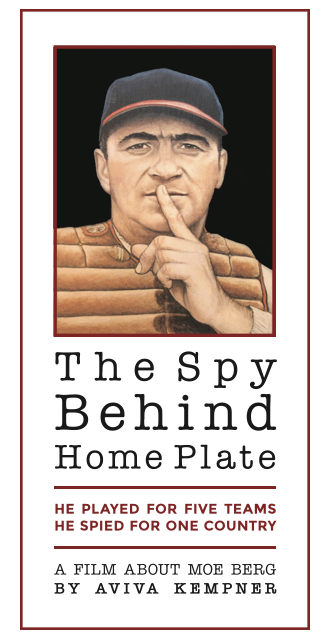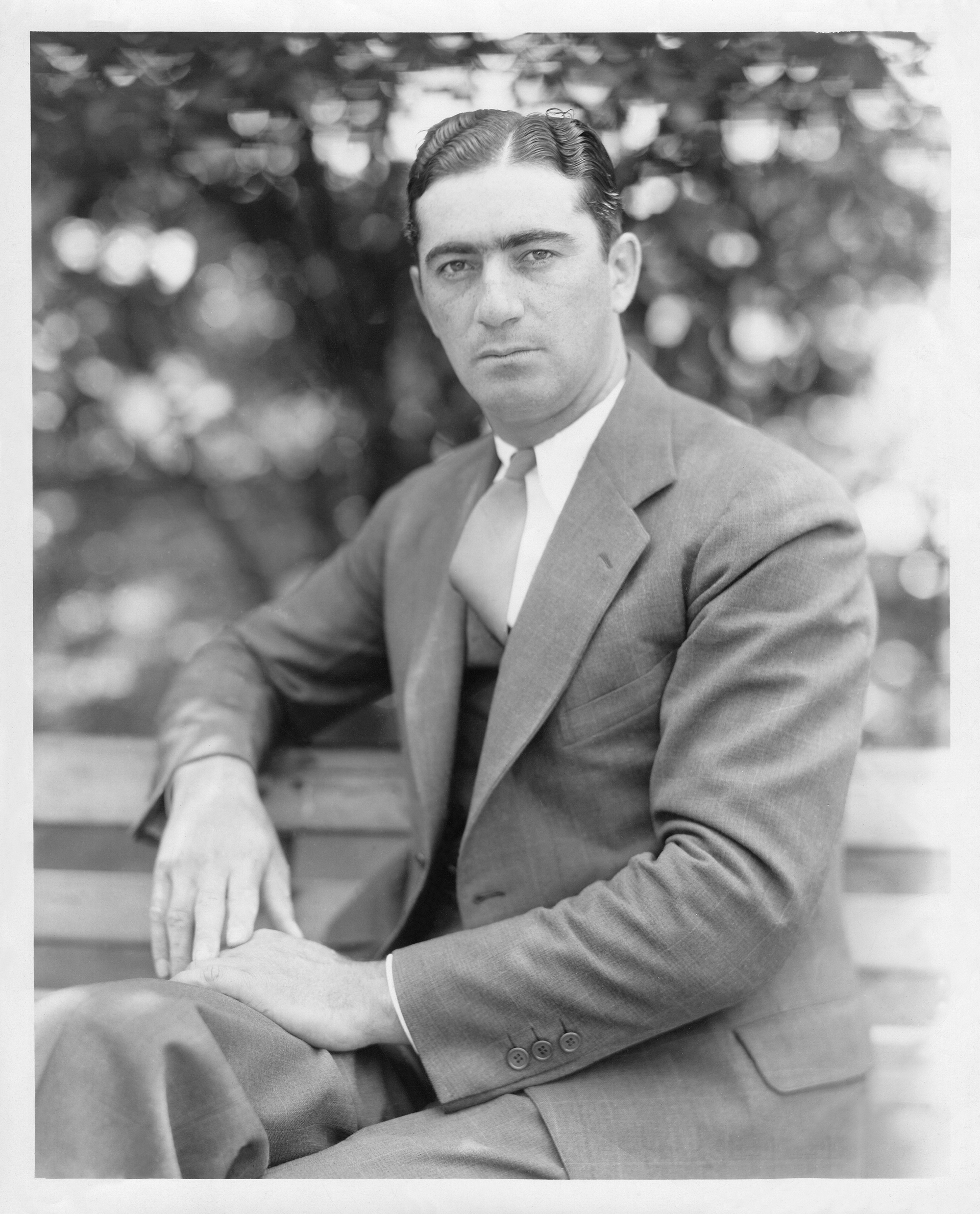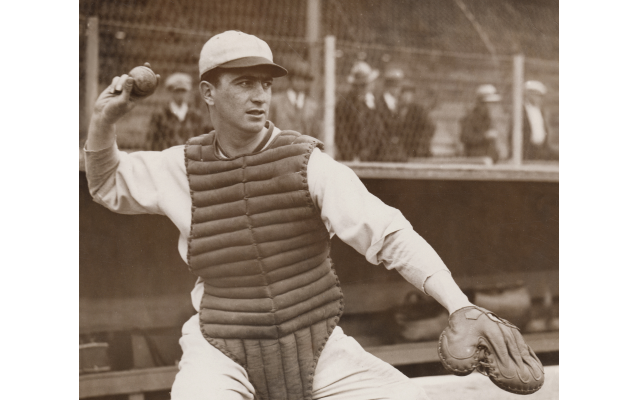The Spy Behind Home Plate Examines Life of Moe Berg
Aviva Kempner, whose work over the last 40 years has established her in the forefront of Jewish American film makers, has another winner with “The Spy Behind Home Plate.”
Aviva Kempner, whose work over the last 40 years has established her in the forefront of Jewish American film makers, has another winner with “The Spy Behind Home Plate.” The first full-length documentary that opened last week at the Midtown Art Cinema explores the fascinating and occasionally mysterious Major League Baseball player Morris “Moe” Berg and his role as an American spy during World War II.
“He was brilliant. He was brave. He’s an American hero.” Kempner notes. “He’s a Jewish hero and I am just proud to tell his story, which just goes to show how important immigrants and the children of immigrants were to the war effort in World War II.”
Berg, who was born to immigrant Jewish parents in the first years of the 20th century, was an exceptional student who graduated from Princeton University with a degree in languages and a passion for baseball. He is said to have mastered a dozen foreign languages and he used his command of language to call signals to the pitcher in Latin and Sanskrit while at Princeton. He later received a law degree from Columbia University, but he never practiced.
His skill in languages, his brilliant mind and his ability to blend in socially with his surroundings made him excellent spy material. During a trip to Japan by baseball all-stars in 1934 that included Babe Ruth and Lou Gehrig, he brought along a 16 mm film camera. While the all-stars were playing in the provinces, he was in Tokyo, where he secretly shot film of the city’s shipyards, military installations and industrial complexes from the roof of a seven-story hospital. Some of those film shots made it into Kempner’s finely crafted movie.

Although Berg died in 1972, “The Spy Behind Home Plate” benefits from an unusually large collection of interviews and archival film that had previously been produced for a film project about baseball, which was never completed. Still, Kempner says, “I would have given an eye tooth to have met him. I wish I would have had more footage of him talking.”
There are interviews with former Central Intelligence Agency Director William Colby and baseball great Dom DiMaggio as well as members of Berg’s family, who are no longer alive. Nonetheless the project was 2 ½ years in the making.
Kempner was also able to draw upon several excellent books about Berg’s career and his exploits that have been published over the 40 years. After retiring from baseball, Berg went to work in 1943 for the Office of Strategic Services or OSS, the forerunner, during World War II, of what later evolved into the CIA. His baseball card is the only one on display at CIA headquarters.
Berg undertook dangerous missions to Switzerland in 1944 to assassinate the German scientist Werner Heisenberg, should he admit during a scientific presentation there, to working on the Nazi atomic bomb project. Berg never spoke about his work, putting a finger to his lips when he was questioned. He even refused to accept a Medal of Freedom in 1946 for his exploits.
Still, from what is known he was a fascinating character, a gentleman scholar and a charming and erudite Jew with a photographic mind in an era when baseball players were rough and tumble characters who lived more by their wits and baseball prowess than by the game’s intellectual qualities.
Nonetheless, Kempner says Jews might have been drawn to the game of baseball by its intellectuality.

“It’s a game of strategy. There is a lot of cleverness, especially for the catchers and the pitchers, and Moe Berg wrote a very interesting detailed analysis of the relationship for The Atlantic magazine in 1941 that’s become a classic today.”
While Kempner has produced a thorough and well-told documentary presentation, Berg received feature film treatment last year when “The Catcher Was A Spy” starring Paul Rudd premiered at the Sundance Film Festival. It was based on a book of the same name by Nicholas Dawidoff.
Kempner’s film, which was released in May, has been screened at a number of theaters, including the Midtown Art Cinema. It’s expected to be a big draw at Jewish film festivals in the coming year and is slated for a future release on DVD, with additional hours of documentary material that didn’t make it into the film.
In recent years Kempner has also produced feature length films on the Jewish philanthropist Julius Rosenwald and the baseball great Hank Greenberg.
“It’s really important for young people to know these stories. These are our heroes. That’s why I encourage parents to bring their children to see my films,” Kempner said.




comments